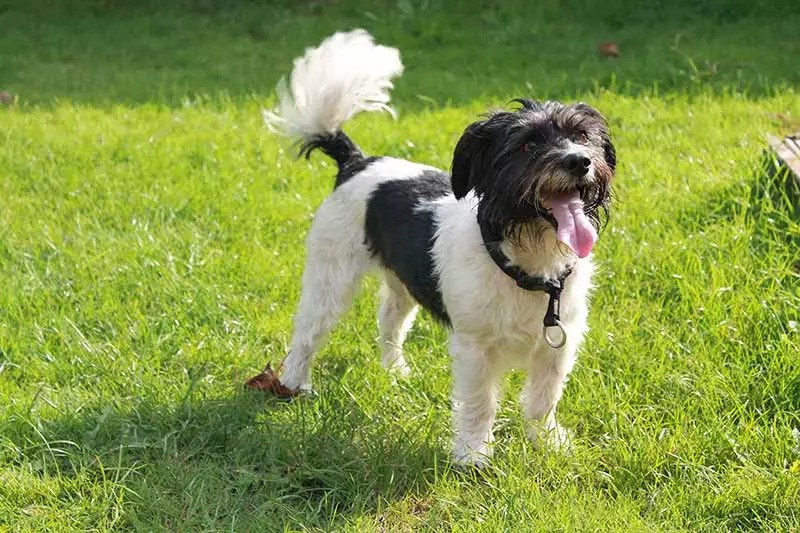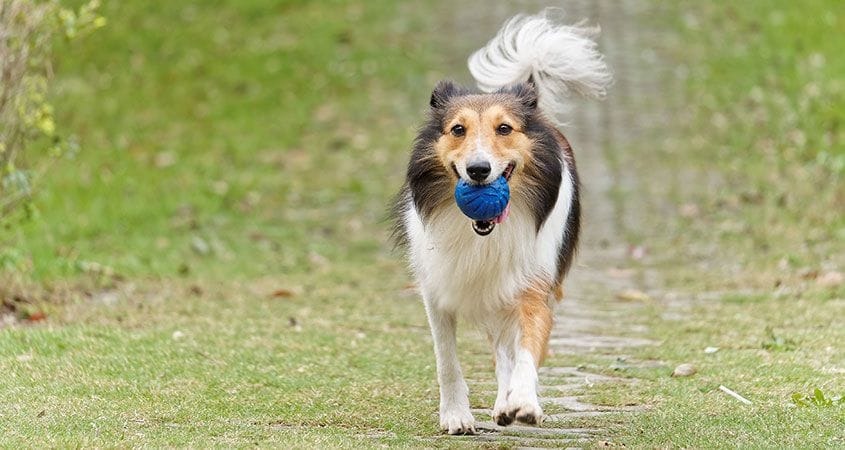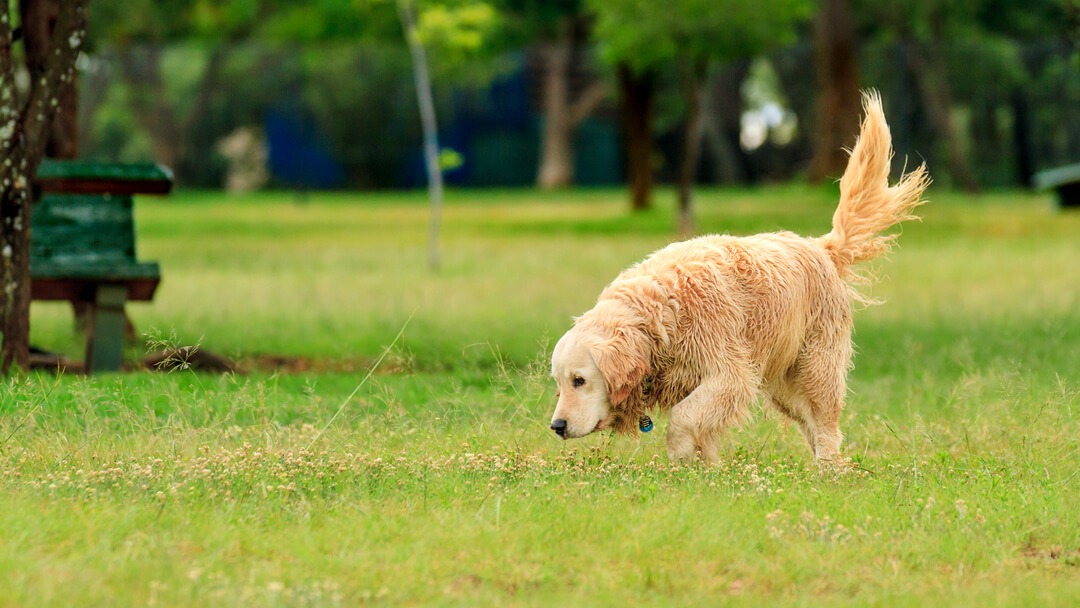The tails serve many practical purposes for our canine companions, giving them a better balance during the race to spread their unique smell to other dogs nearby. Tails are also one of the most important means of communication of our pets, so that others know when they feel nervous, excited or open to communication. By looking at your dog’s movement, you can better understand how he is feeling and what he is trying to say.

Dogs use their tail, face and posture to communicate, making their tail one of the most important means of expressing their moods. In fact, studies have shown that dogs only swing their tails in company, which makes them a completely social activity. Watching a dog’s tail, how it is positioned, whether it is relaxed and how fast it moves can convey important information. A high tail usually signals enthusiasm, for example, and confident canines tend to keep their tail higher so they can spread more of their scent. However, a dog that keeps its tail extremely high or moves only the tip is likely to be on the alert, and you should avoid it or proceed with caution. Those with a low tail or between the legs are more shy or feel nervous.

Similar to the height of the tail, the speed of movement of a dog can tell a lot about its mood. A loose and relaxed movement, as a rule, means that a pet is in a good mood. The “whole body movement” – when a dog’s whole body is relaxed and swinging with the swaying movements of its tail – usually means that a dog is ready for a friendly interaction. A tense and stiff movement indicates tension or hostility. Also pay attention to the wiggle rate of a dog, because a quick wiggle of the tail is usually a good signal, while slower movements may indicate that your pet is feeling worried or hostile.

Perhaps the most common misconception about dogs is that a tail wag means a happy pet. While dogs certainly shake their tails when they are happy, the gesture simply means that an animal is attentive and open to communication — not that it is in a good mood. Since it can be difficult to judge a dog’s posture just from its tail, watch the rest of its body to better understand how Fido feels. It should be noted that tail movements and their meanings vary from dog to dog and from breed to breed, which makes it important to know your pet and his unique body language. Docking-tailed dogs have difficulty communicating with their canine companions, so they leave their dog’s tail unchanged so that he can participate in social life.







